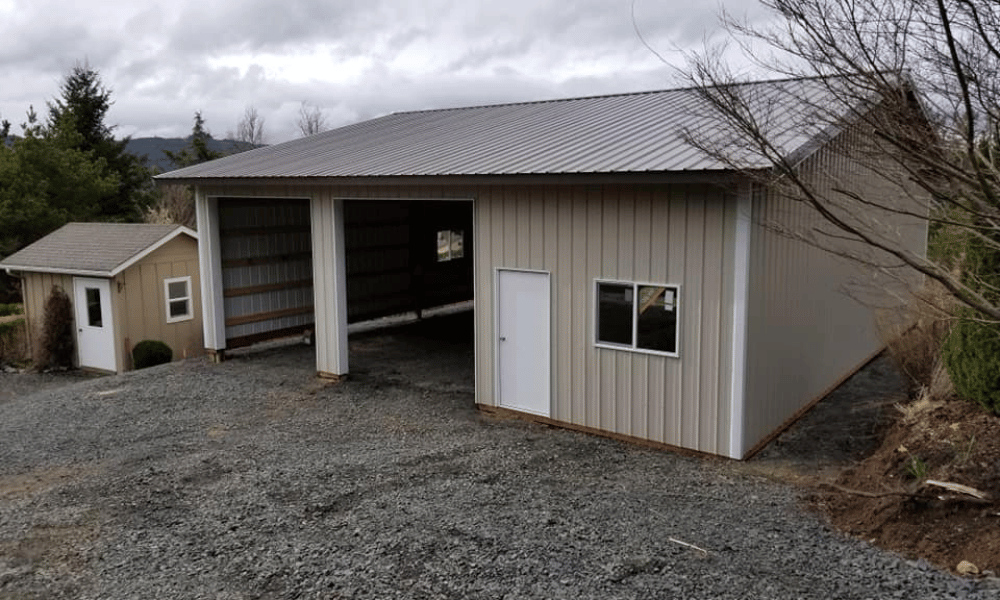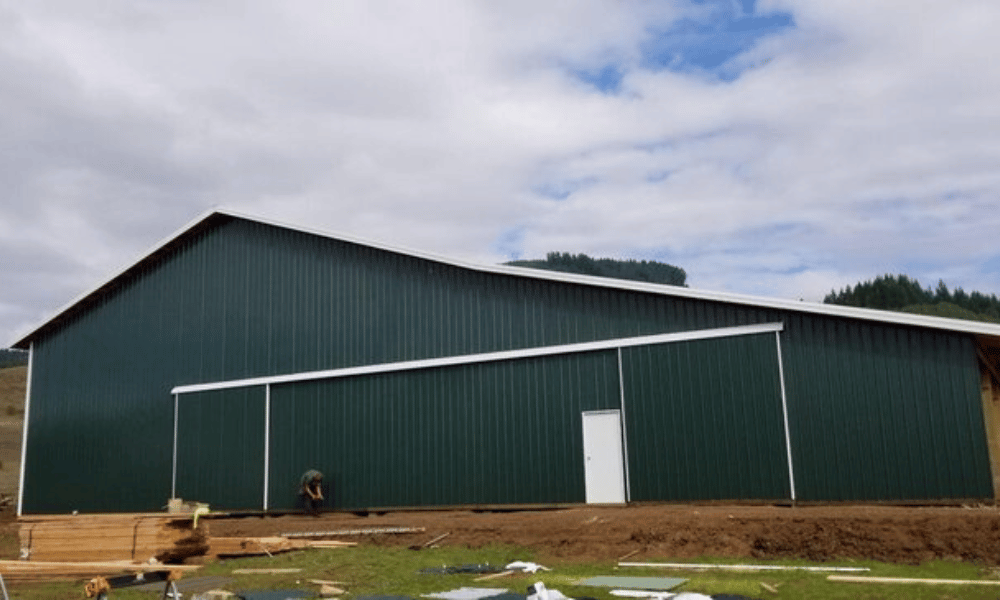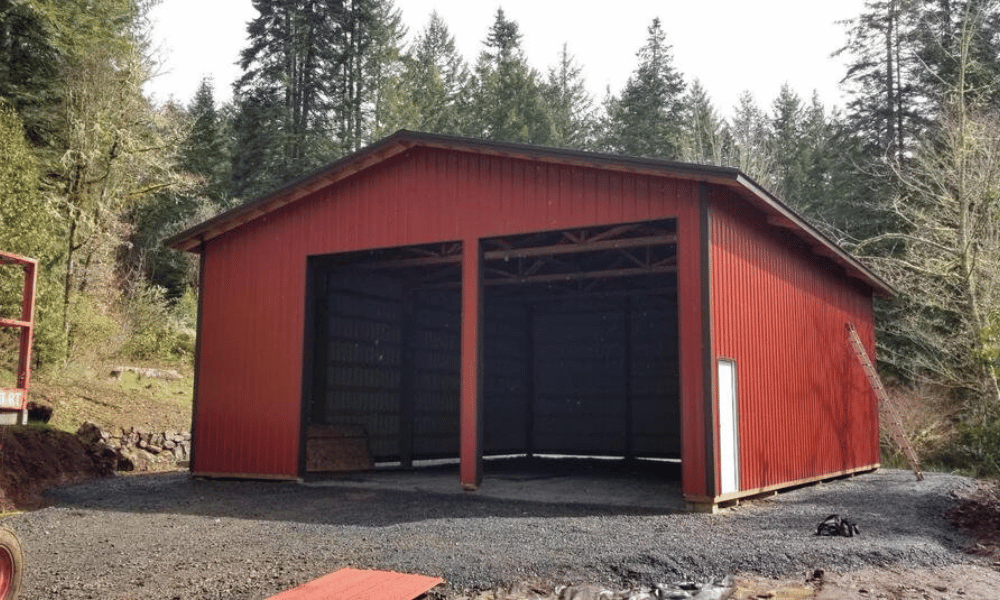Introduction
In recent years, pole buildings have gained popularity among homeowners and businesses alike for their versatility and cost-effectiveness. But with any significant investment, it’s crucial to weigh the pros and cons. In this article, we will dive deep into the financial implications and overall value of constructing a pole building. By the end of our exploration, you’ll have a comprehensive understanding of whether a pole building is worth your hard-earned money.
Cost Analysis: Is a Pole Building Worth the Investment?
When pondering over the question, “Is a pole building worth the investment?”, it’s essential to consider several factors. The initial costs, long-term benefits, and potential drawbacks all come into play in this cost analysis.
Understanding Pole Buildings
Pole buildings—also known as post-frame buildings—are structures that use poles or posts as the primary support elements. These buildings can serve various purposes, including:
- Workshops Garages Barns Warehouses
The unique construction method allows for large open spaces without interior load-bearing walls, making them highly adaptable.

Initial Costs of Pole Buildings
1. Material Costs
When constructing a pole building, material choice significantly impacts your total expenses. Common materials include:
- Wood: Often utilized for frames; it’s both affordable and sustainable. Steel: Offers durability but comes at a higher price point.
It's vital to analyze your material options based on your specific needs.
2. Labor Costs
Labor costs can vary based on location and complexity of design. Hiring skilled workers may increase upfront costs but ensure quality construction.
3. Land Preparation Expenses
Before erecting your pole building, consider land preparation costs which may include grading or excavation.
Long-Term Savings with Pole Buildings
1. Lower Maintenance Costs
One advantage of pole buildings is their lower maintenance requirements compared to traditional structures. Their design minimizes wear and tear while providing robust protection against weather conditions.
2. Energy Efficiency
Pole buildings can be built with energy-efficient materials that help reduce heating and cooling expenses over time.
Durability and Longevity of Pole Buildings
One critical aspect often overlooked in cost analysis is durability. A well-constructed pole https://anotepad.com/notes/xrah9mpe building can last decades if maintained properly.
1. Resistance to Weather Conditions
These structures are designed to withstand harsh weather conditions like heavy snow loads and high winds.
2. Pest Resistance
While wood is susceptible to pests, proper treatment during construction can mitigate these risks effectively.

Versatility in Use Cases for Pole Buildings
The adaptability of pole buildings allows them to serve multiple functions over time without requiring extensive renovations.
1. Agricultural Uses
Farmers frequently utilize pole buildings for equipment storage or livestock housing due to their spacious interiors.
2. Commercial Applications
Businesses find these structures ideal for warehouses or retail spaces because they allow for easy customization as needs evolve.
Financing Options for Your Investment in Pole Buildings
Exploring financing options can ease the burden of upfront costs associated with building construction.
1. Traditional Bank Loans
Many banks offer loans specifically tailored for construction projects, including pole buildings.
2. Government Grants and Loans
Some local governments provide financial assistance for agricultural-related constructions that could be beneficial when considering pole buildings.
Potential Drawbacks of Investing in Pole Buildings
While there are many advantages, it's wise to consider potential downsides before making an investment decision.
1. Zoning Restrictions
Local zoning laws may impose restrictions on where you can construct your pole building or limit its size.
2. Resale Value Concerns
If you're eyeing long-term investment potential, keep in mind that not all buyers prefer non-traditional structures; this could impact resale value down the line.
Case Studies: Successful Pole Building Projects
Real-life examples often provide valuable insights into how successful others have been with their investments in pole buildings.
Case Study 1: The Farmer's Workshop
John Smith built a 40x60 foot workshop using a pole structure primarily for his farming equipment storage needs. With energy-efficient insulation installed, he has noticed substantial savings on utility bills over three years since completion!
Cost Breakdown: | Expense Category | Amount | |------------------|--------| | Materials | $20,000 | | Labor | $10,000 | | Permits | $500 | | Total Cost | $30,500 |
John estimates his savings from reduced utility bills at around $500 per year!
FAQs about Pole Building Investments
Q1: What is the average cost of constructing a pole building?
A: The average cost ranges from $15 to $30 per square foot depending on materials used and labor involved.
Q2: How long does it take to build a pole building?
A: Construction typically takes between 4 - 8 weeks from start to finish depending on size and complexity.
Q3: Do I need permits to build a pole structure?
A: Yes! Most localities require permits for any new construction projects; check with your local authorities beforehand!

Q4: Are there financing options available specifically for pole buildings?
A: Yes! Many banks offer specialized loans as well as government grants aimed at agricultural projects which often apply here too!
Q5: What kind of maintenance do these structures need?
A: Regular inspections every few months can help identify issues early; generally less upkeep required compared with traditional builds!
Q6: Can I customize my pole building design?
A: Absolutely! One of the major benefits is tailoring designs according to personal preferences or functional needs!
Conclusion
After thorough analysis throughout this piece on "Cost Analysis: Is a Pole Building Worth the Investment?", it's evident that investing in a pole building offers numerous advantages—from initial affordability to long-term savings through low maintenance costs and energy efficiency benefits down the road! However, prospective buyers must remain aware of potential challenges such as zoning regulations or resale value concerns before committing fully!
Ultimately though—if approached thoughtfully—building one could indeed prove worthwhile both financially & practically! So ask yourself this question one last time; are you ready for an investment decision that may just revolutionize how you utilize space?
This article serves not only as an informative guide but also encourages readers considering such an investment opportunity within their own lives!